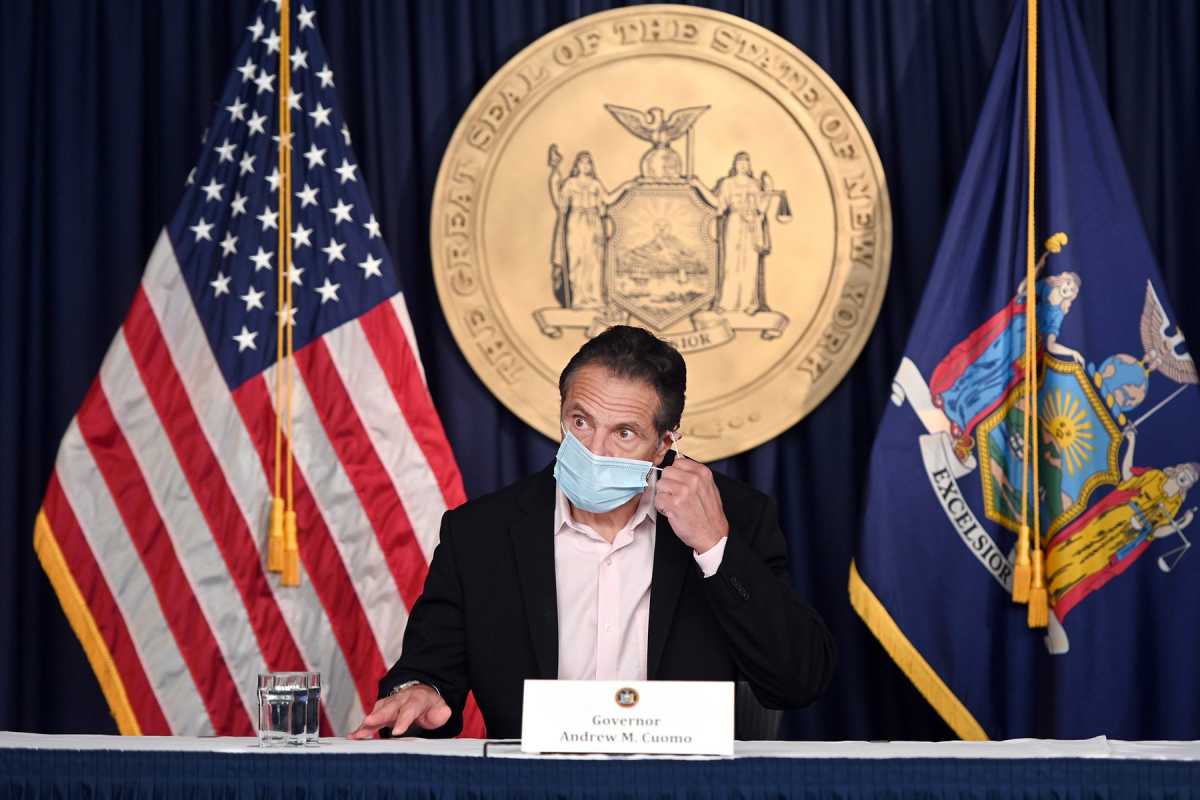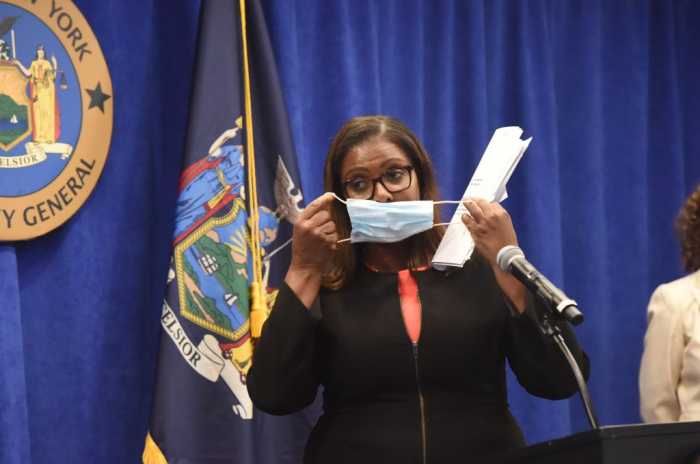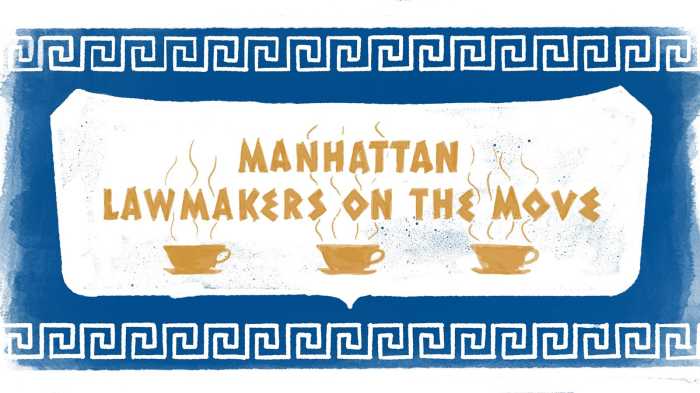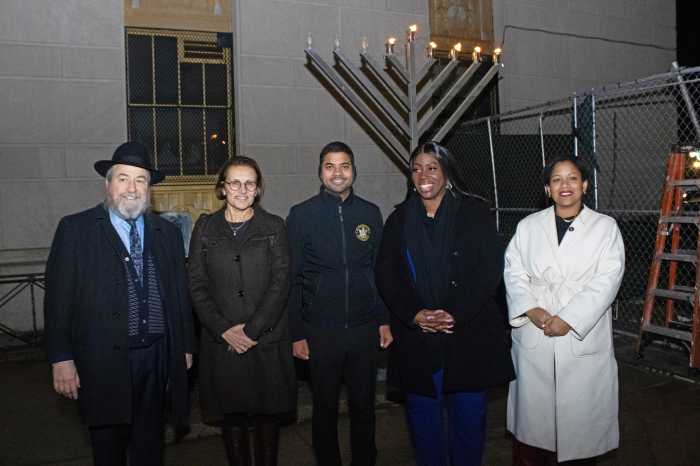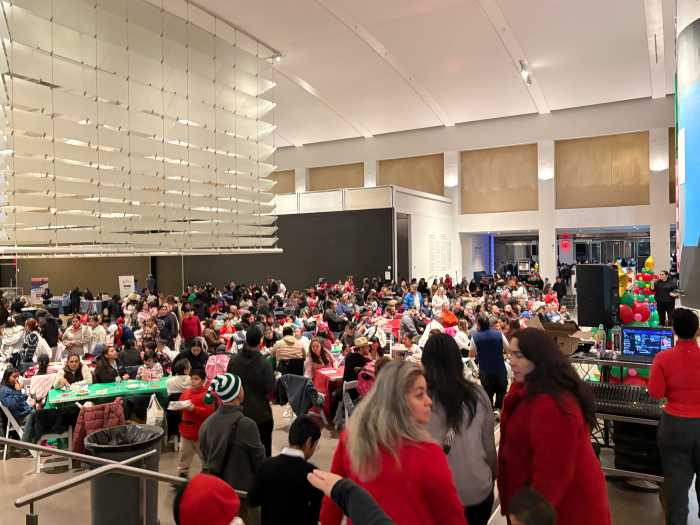As COVID-19 rates and hospitalizations are creeping up again in New York City and skyrocketing across the nation, Gov. Andrew Cuomo (D) this week announced new COVID-19 restrictions on bars, restaurants, gyms and residential gatherings in New York State that will go into effect tonight.
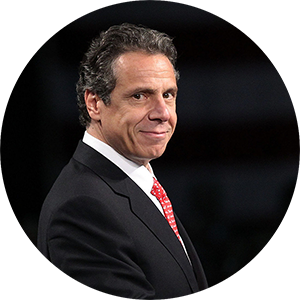
Effective today, Nov. 13, at 10 p.m., bars, restaurants and gyms or fitness centers, as well as any State Liquor Authority-licensed (SLA) establishment, will be required to close from 10 p.m. to 5 a.m. daily.
Restaurants will still be allowed to provide curbside, food-only pick-up or delivery after 10 p.m., but will not be permitted to serve alcohol to go. The SLA will issue further guidance for licensees as to what sales are continued to be permitted.
The Governor also announced that indoor and outdoor gatherings at private residences will be limited to no more than 10 people. The limit will be implemented due to the recent prevalence of COVID spread resulting from small indoor gatherings including Halloween parties. These gatherings have become a major cause of cluster activity across the state. Further, this public health measure brings New York State in line with neighboring states including Connecticut, Massachusetts and Rhode Island. This new rule is also effective Friday at 10 p.m.
“If you look at where the cases are coming from, if you do the contact tracing, you’ll see they’re coming from three main areas: establishments where alcohol is served, gyms, and indoor gatherings at private homes,” said Cuomo. “The reason we have been successful in reducing the spread in New York is we have been a step ahead of COVID. You know where it’s going; stop it before it gets there. And you know where it’s going by following the science. This is the calibration that we’ve talked about: increase economic activity, watch the positivity rate – if the positivity rate starts to go up, back off on the economic activity. It was never binary — economic activity or public health — it was always both.”
Cuomo’s enforcement measures come as nationwide as of Nov. 10, the number of people in hospitals from the virus reached 61,964, topping an April peak of 59,940, according to the Wall Street Journal, with a total number of confirmed cases pushing 10.2 million.
Experts say the hospitals towards the midwest and south, like Oklahoma, Minnesota and Texas, are seeing the same flood of patients as New York did in the initial onset of the crisis.
According to the New York State Department of Health (NYSDOH) COVID-19 Health Tracker as of November 11, 26,026 people have died after testing positive for the coronavirus statewide with Black and Brown people among the highest in fatalities.
There have been 16, 068,566 people who have been tested so far with 540,965 testing positive for the coronavirus.
In New York City, as of Nov. 11, there have been 6,812,311 people who have been tested so far with 275,314 testing positive for the coronavirus, which is about 4 percent of the results.
By county, Kings, Queens, the Bronx and Manhattan have the highest number of deaths in the state. However, according to the city’s data and trends the number of deaths compared to hospitalizations has been consistently lower and at least isn’t surging in an increase.
The New York City (NYC) Health COVID-19: Data tracker shows, as of Nov. 11, the percent of people tested who tested positive, COVID-19 cases, hospitalizations, and confirmed deaths with a positive virus test are all increasing.
The seven-day percent positivity rate shows the percent of people tested who tested positive, by ZIP code and borough, for the past seven days and then compares it to the last three months.
Brooklyn hit a height of 9.3 percent on September 30 in the 11219, or Borough Park, and has since gone down. Currently, there’s a cluster happening, as of Nov. 7, in 11208 or Cypress Hills at about 4 percent.
Queens also hit a sharp increase to 10.30 percent on October 15 in Ozone Park, 11416, and has since cut in half to about 5 percent as of Nov. 7 in that zip code and nearby Jamaica, 11418.
In Manhattan, the rates were under 4 percent pretty consistently with a small curve up in Fort George, 10040 this week on Nov. 8. Staten Island has also seen a jump in infection rate as of November 5, in 10307, Tottenville, at just over 6 percent.


